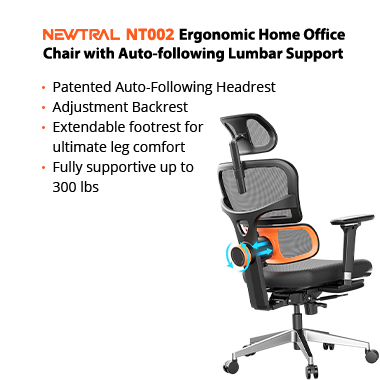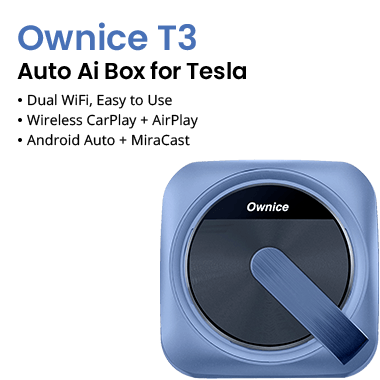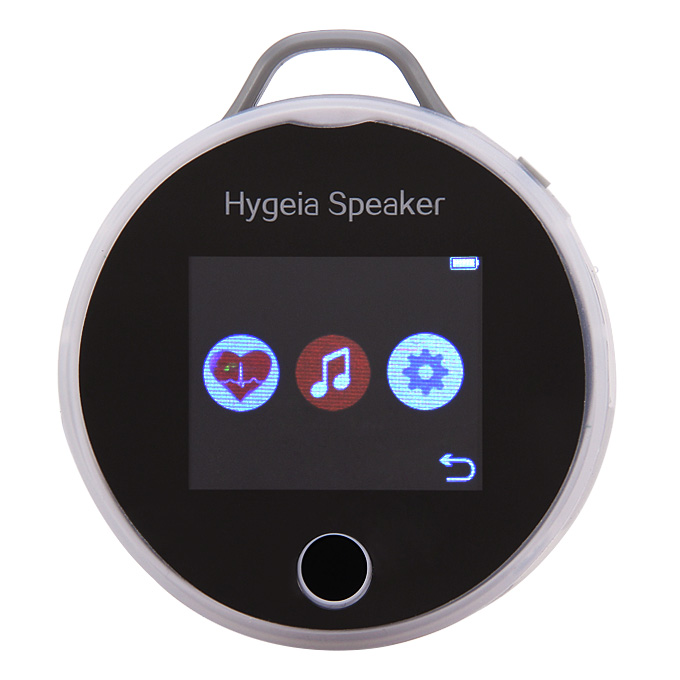- Shipping Company Estimated Delivery Time Shipping Cost

Highlights
- Hygeia speaker portable intelligent companion Bluetooth Health
- This is perhaps the world's first portable body function can detect intelligent Bluetooth speaker
Specification
Features:
- Professional Bluetooth stereo voice transmission;
- Powerful ECG detection, anytime attention to their own health;
- Bluetooth speakerphone;
- Bluetooth music playback;
- MP3 music playback;
- Recording function;
- TF card hot-swappable;
- Alarm clock to wake;
- Headphone stereo audio output;
- Touch LCD display;
- Time display;
- USB charging and transfer files to the TF card;
- Support FM;
- Super portable, easy to carry straps, carry Fuji is definitely the choice of outdoor sports;
- Calendar functions.
Adaptation:
- Health Care Center / clinical detection and analysis of ECG
- HRV HRV monitoring
- Physical aspects have abnormal ECG mobile ECG monitoring
- Portable heart rate monitor
- 10 years of age or older are suited to routine use
- In the elderly long-term care
- Potentially detect irregular heart rhythms
- Exercise and training athletes, yoga practitioners guidance and training with heart rate alarm equipment, as
- Outdoor enthusiasts and entertainment heart rate detector
- Bluetooth hands-free use
- There is a demand for general entertainment
Battery safety:
Hygeia speaker built-in capacity of up to more than 1000MA lithium polymer battery, absolutely environmental protection and safety. Can provide up to six hours of life and more than three weeks of standby time.
Heart Rate
This integer value recorded in the current user's heart rate in beats per minute increments (BPM). Common with many other devices in different reporting heart rate, the heart rate value is the actual R-peak (peak) time interval accurately calculated in real time according to each user. This will give a very accurate and continuous recording of the actual user's heart rate changes with each heart rate value.
Heartbeat
A potentially useful indicator is the rate of acceleration of heart rate. N represents a value of acceleration of a user in a specific period of time (such as more than 10 seconds) by a number of heart rate of speed that BPM, while a negative value indicates that the acceleration in the user's heart rate given a certain amount of time to slow down the BPM . When starting exercise, or after exercise, the amount of this acceleration can be as a person were to participate in sports at the time how fast heartbeat returned to normal after the index accelerated heartbeat and movement.
Healthy heart level
Given a person's age, gender, and the current resting heart rate, the person can generally get the current value of heart health, and can be marked as "poor," "below average," "average", "above average "," good "," excellent "or" athlete "
Respiration rate
Respiration rate algorithm within the last report the number of breaths a minute (beats / min). Users should still sitting, uniform slow or normal breathing. Algorithms in uniform breathing highest accuracy. 1 minute of continuous ECG data. Algorithm results between 5 to 30 beats / min. Respiratory rate calculations can be used to help reduce the pressure to relax and exercise blood pressure.
Meditation
Relaxation of the values can be based on the user's heart rate variability (HRV) features, the user is prompted whether to relax its heartbeat, or excitement, stress, fatigue. Ranges from 1-100. Tends to relax the high value indicates a state of relaxation, and tended to lower values of said relaxed excited, stress, or fatigue.
Respiratory rate
Respiration rate data users about the value of recorded respiratory rate per minute. It is the user's ECG / EKG and heart rate variability (HRV) a computation.
Awareness of heart disease risk
The purpose of cardiac risk is to increase awareness of the value of the user's health awareness, such as found in very low HRV. Low HRV has been shown to increase the risk of heart attack and death.
Heart Age
Heart age values indicate the relative age of the target of the heart, the value is based on their heart rate variability (HRV) and compare the results of general population characteristics. Low HRV increases the risk of death, but also on behalf of the user may be higher than physiological age heart age (HRV features such as a 35 year old users indicate their heart is 45 years old). This calculation will take into account the physiological age of the user. Use this data suggests that the physiological age of the target object at least 10 years of age.
ECG RR interval
Generally not in a fixed heart rate in beats, intense exercise, heart rate can be tripled; if they found carefully measured heartbeat interval and heart rate were slight differences within each of tens of milliseconds, even in the state of rest , there will be a considerable degree of difference, this difference is called heart rate variability. ECG rhythm can be used to analyze changes in the electrocardiogram, R-wave is relatively easy to detect significant waveform, R spacing on behalf of the heart rate, the most frequently represented in RR interval between heartbeats period.


























